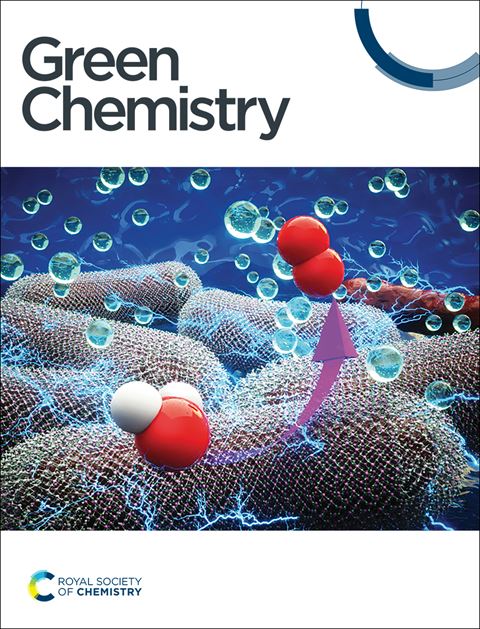A general strategy for strengthening and toughening physical hydrogels via anti-Hofmeister sequence solid salting-out†
IF 9.2
1区 化学
Q1 CHEMISTRY, MULTIDISCIPLINARY
引用次数: 0
Abstract
In recent years, many strategies have been developed to enhance the mechanical properties of hydrogels. However, due to the complex process, the addition of non-green crosslinking agents and the use of high concentration salt solutions these strategies lead to increased costs, resource waste and environmental pollution. In addition, the synergistic improvement of strength and toughness of hydrogels is still challenging. Herein, a general green strategy of solid salting-out to improve the strength and toughness of physical hydrogels is reported. This strategy can induce the directional transfer of water molecules in the hydrogel, promoting the close layer-by-layer self-assembly of the PVA molecular chain. Compared with liquid salting-out, solid salting-out has a more significant improvement in the strength of hydrogels, and solid salt blocks can be recycled and reused. A PVA hydrogel prepared by the solid salting-out method showed both high strength and toughness that were 1962- and 1900-fold those from before solid salting-out, respectively. The strength and toughness of the hydrogel can be further improved to 109.06 MPa and 125.73 MJ m−3, respectively, by inducing the collaborative self-assembly of cellulose nanofibers and PVA molecular chains. As a general strategy, solid salting-out could enhance various physical hydrogels composed of materials such as silk, gelatin, and cotton staple cellulose. Thus, this study not only provides a simple method for the strengthening and toughening of physical hydrogels but also has potential applications in the field of biological implants because of the favorable biocompatibility of the prepared hydrogels.
通过反霍夫迈斯特序列固盐析出法强化和增韧物理水凝胶的一般策略
近年来,人们开发了许多方法来提高水凝胶的力学性能。然而,由于工艺复杂,添加非绿色交联剂和使用高浓度盐溶液,这些策略导致成本增加,资源浪费和环境污染。此外,协同提高水凝胶的强度和韧性仍然具有挑战性。本文报道了一种提高物理水凝胶强度和韧性的固体盐析绿色策略。这种策略可以诱导水凝胶中水分子的定向转移,促进PVA分子链的逐层紧密自组装。与液体盐析相比,固体盐析对水凝胶的强度有更显著的提高,并且固体盐块可以回收再利用。采用固体盐析法制备的PVA水凝胶强度和韧性分别是固体盐析前的1962倍和1900倍。通过诱导纤维素纳米纤维和PVA分子链的协同自组装,水凝胶的强度和韧性分别提高到109.06 MPa和125.73 MJ m−3。作为一般策略,固体盐析可以增强由丝绸、明胶和棉花纤维等材料组成的各种物理水凝胶。因此,本研究不仅为物理水凝胶的强化和增韧提供了一种简单的方法,而且由于制备的水凝胶具有良好的生物相容性,在生物植入物领域具有潜在的应用前景。
本文章由计算机程序翻译,如有差异,请以英文原文为准。
求助全文
约1分钟内获得全文
求助全文
来源期刊

Green Chemistry
化学-化学综合
CiteScore
16.10
自引率
7.10%
发文量
677
审稿时长
1.4 months
期刊介绍:
Green Chemistry is a journal that provides a unique forum for the publication of innovative research on the development of alternative green and sustainable technologies. The scope of Green Chemistry is based on the definition proposed by Anastas and Warner (Green Chemistry: Theory and Practice, P T Anastas and J C Warner, Oxford University Press, Oxford, 1998), which defines green chemistry as the utilisation of a set of principles that reduces or eliminates the use or generation of hazardous substances in the design, manufacture and application of chemical products. Green Chemistry aims to reduce the environmental impact of the chemical enterprise by developing a technology base that is inherently non-toxic to living things and the environment. The journal welcomes submissions on all aspects of research relating to this endeavor and publishes original and significant cutting-edge research that is likely to be of wide general appeal. For a work to be published, it must present a significant advance in green chemistry, including a comparison with existing methods and a demonstration of advantages over those methods.
 求助内容:
求助内容: 应助结果提醒方式:
应助结果提醒方式:


